Lots of homesteaders turn to growing crops not just to feed themselves and their families, but to make or supplement a living. This starts off well enough, but as soon as you realize that an entire acre of corn or wheat will sell for about $1,000 bucks or even less, it will quickly douse your spirits.
But it doesn’t have to be that way. Whether you have very limited space, don’t want to grow huge quantities of veggies, or just want a more profitable money-making venture, some crops truly earn the label of cash crop.
From fruits and veggies to herbs and even a couple of ornamentals, I’m going to be bringing you an in-depth review of the most profitable crops that you can grow, and why you should.
Ginseng
Ginseng is an herb, of sorts, that has an important part in various traditional medicine practices, and it’s taken from a number of plants in the Panax genius. In the United States, it is a dietary supplement that is said to be stimulating for digestion, circulation and overall good health.
The only problem is that ginseng is typically harvested from the wild, and is both difficult to find and very slow-growing.
Most ginseng plants must have matured for at least 3 years and as long as a decade, or even longer, until they are ripe for the picking. Plus, further complicating matters, ginseng is not legal to harvest in many states. This has led to a huge uptick in ginseng growers if you’re willing to take up the challenge.
You can grow ginseng in a literal “food forest” beneath the canopy of trees, in a field, or under artificial shade, and depending on the quality and the variety, your ginseng can sell for upwards of $500 a pound, with roots of exceptional quality selling for $800+ a pound.
It’s definitely a long-term endeavor, one that involves tons of work with almost no obvious signs of progress in the beginning, but the payday can be truly monumental when you cash out.
“Lunchbox” Peppers
Peppers are one of the most plentiful and popular vegetables enjoyed in the United States and around the world, and there are countless varieties to choose from. If you want pleasantly spicy or enamel-melting heat, they are out there in abundance.
But you don’t have to go all in on hot peppers because bell peppers and sweet peppers are some of the most popular varieties, and one increasingly popular, trendy pepper is the lunchbox pepper, sometimes called a mini-bell or mini-sweet.
They are exactly what they sound like, and you’ll commonly see these sold in little baskets like strawberries at the grocery store. They’re a wonderful appetizer, a healthy snack, and even a nice accent for a spread of charcuterie.
Like all peppers, they are somewhat temperamental and fussy to grow, but unlike larger varieties, you can grow a whole heck of a lot more of them in the same amount of space.
Best of all? Lunchbox peppers usually sell for between $5 and $7 a basket, meaning you can capitalize in a major way once you bring in that harvest, especially if you can sell to local businesses.
Cherry Tomatoes
If you’ve grown tomatoes before, you’ll either be groaning or cheering to see cherry varieties pop up on this list.
Tomatoes can be difficult to grow, yes, but the main advantage with the cherry variety is that you can grow gargantuan quantities in the same amount of space per acre, and even better they are usually ready to harvest much quicker than larger varieties.
Even better, this is one of the more expensive tomato cultivars sold at wholesale and retail, having an average commercial price and grocery stores of about $3.75 to $4.00 per pound, usually sold in pre-weighed containers.
Doing a little bit of math on the back of my napkin here, an acre of cherry tomatoes, planted correctly, will yield in excess of 35,000 pounds of fruit, and that means your harvest will be worth at least $127,000, accounting for some losses, mistakes, failed plants and subpar fruit.
Not bad at all for such a common tomato, is it?
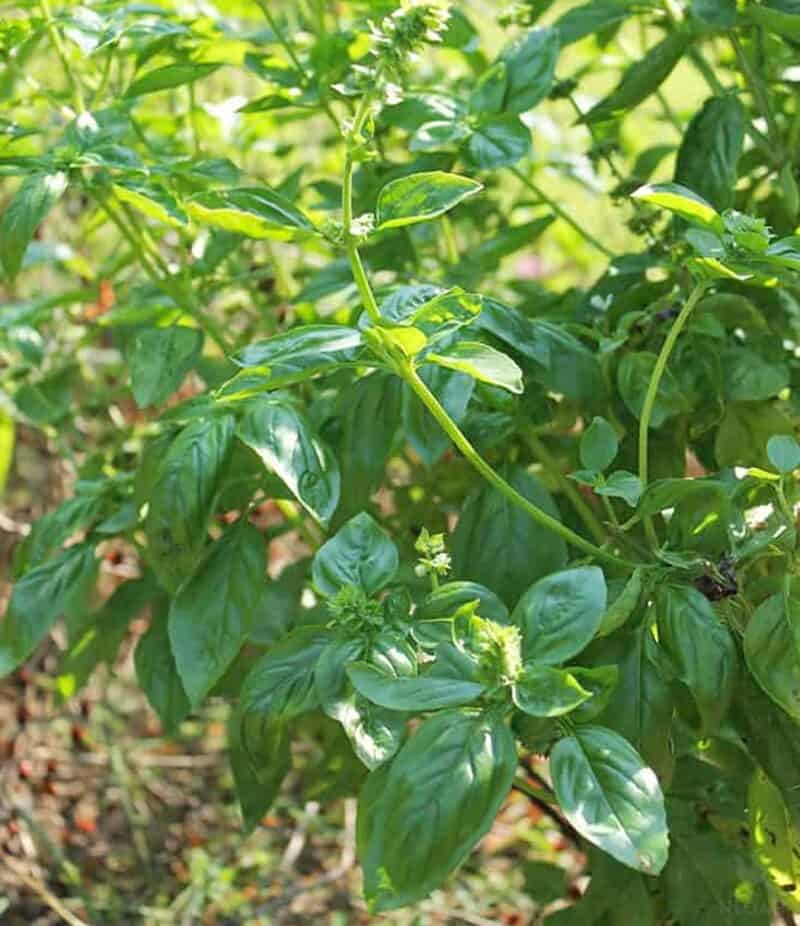
Basil
Arguably the world’s most popular kitchen herb, and also one with other uses derived from its essential compounds, there will always be a market for basil.
Basil is extremely popular at the individual consumer level and also at the institutional level for the reasons described, and you’ll never lack for customers either directly or in the form of local businesses and restaurants.
Basil is surprisingly hardy and fairly resistant to pests as long as you can protect it from cold weather and especially frost. Plus, plants are sizable and ready to harvest in as little as 3 weeks, and give me left to grow a little bit longer if you want a more bountiful haul.
Nominally, basil will sell for anywhere from $50 to $65 a pound, and an acre will usually yield about 1,700 pounds worth meaning each acre can net you anywhere from $85,000 to over $100,000.
You’ve got some versatility when it comes to selling also, because you can pick it and process it into a variety of forms, sell it fresh directly, or even sell live plants.
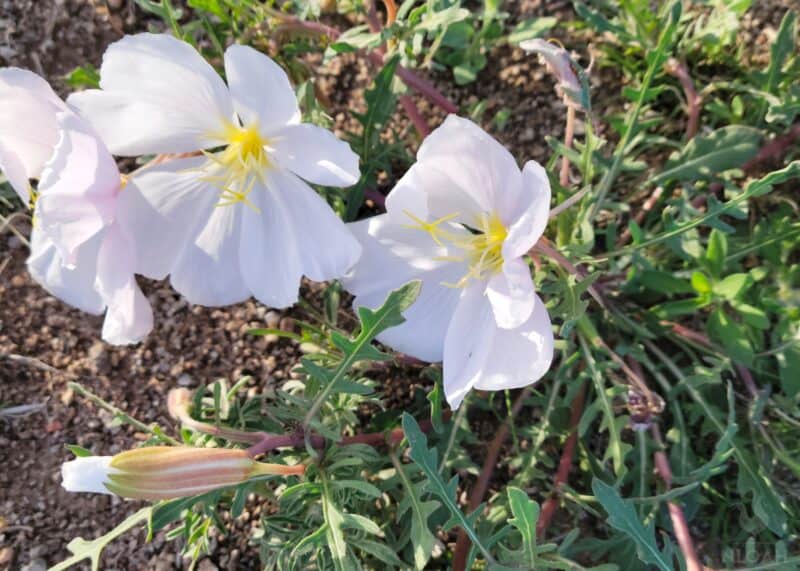
Ornamental Flowers
A chronically overlooked cash crop is ornamental flowers. All kinds of flowers, but especially mainstays like orchids, snapdragons, roses, and tulips.
Although consumption of these beautiful blooms varies seasonally and from location to location, they are consistently good earners, especially around holidays.
And you’re not just looking at fresh bouquets, either: You can sell bulbs to gardeners and enthusiasts, or other farms, dried flowers, etc.
Best of all, no matter where you live there is bound to be a popular variety and various cultivars that are going to be picture-perfect for your climate, and if not, you can certainly grow them dependably in any greenhouse.
Financially, ornamental flowers offer a lot of versatility to homesteaders looking to cash in, because you’ll have plenty of options for selling to wholesalers or direct to end customers.
Depending on the species and your business model, and an acre’s worth of flowers can sell for $40,000 to $50,000, and specialty blooms that are optimized for your local market could fetch as much as $90,000 even in much smaller quantities.
If you’re willing to put in the market research ahead of time, ornamental flowers are a perennially good choice
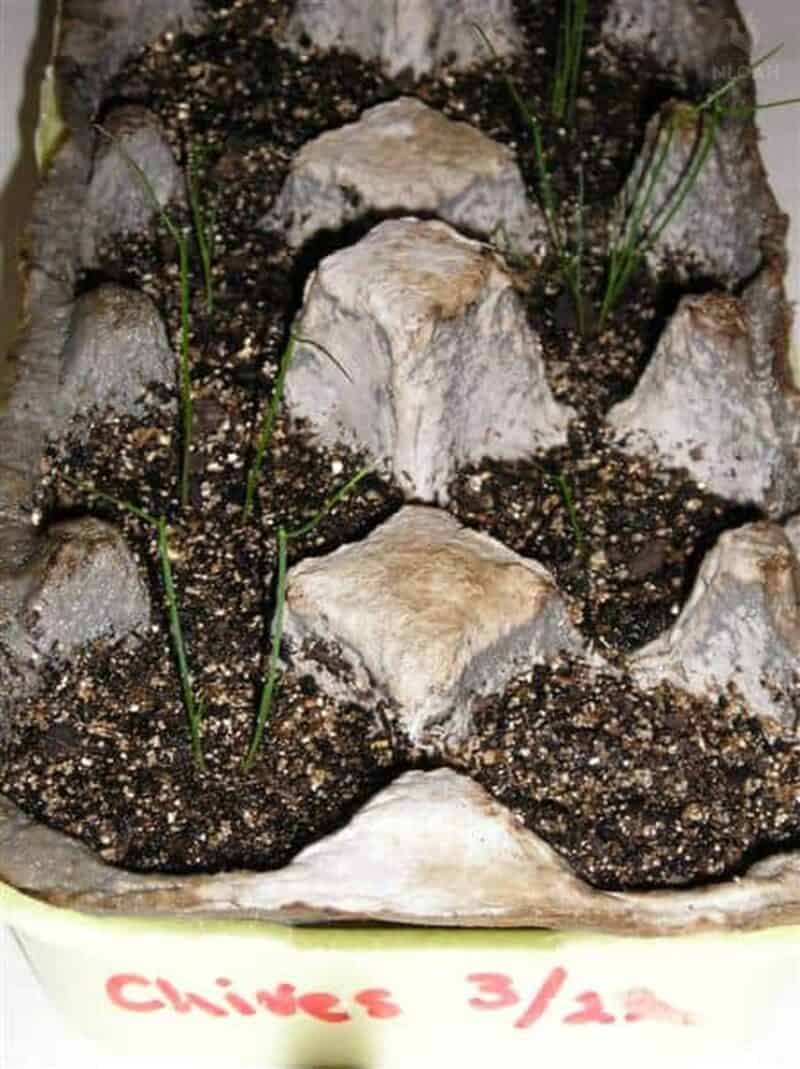
Chives
Chives are an underrated but ubiquitous veggie used in all sorts of dishes and enjoyed around the world. What you might not know is that chives are also evergreen plants and they keep on trucking right through the frigid winter season and pop right back up in the spring.
Technically an herb, they are much harder than most other kitchen herbs and very easy to grow, with some of the most popular cultivars used for culinary purposes requiring next to no care as long as they get just a little bit of water.
Plus, once you cut them off during the harvest they’ll just grow back, saving you time and labor for next season.
Depending on your market, chives can sell anywhere from $7 to $13 a pound, and once again you’ll have ample opportunity to sell them to customers directly, to restaurants and businesses, or wholesale them.
Even if you’re starting from nothing, you can start raking in the money fast with chives, and they’ll be ready to harvest in just 2 months after planting from seed.
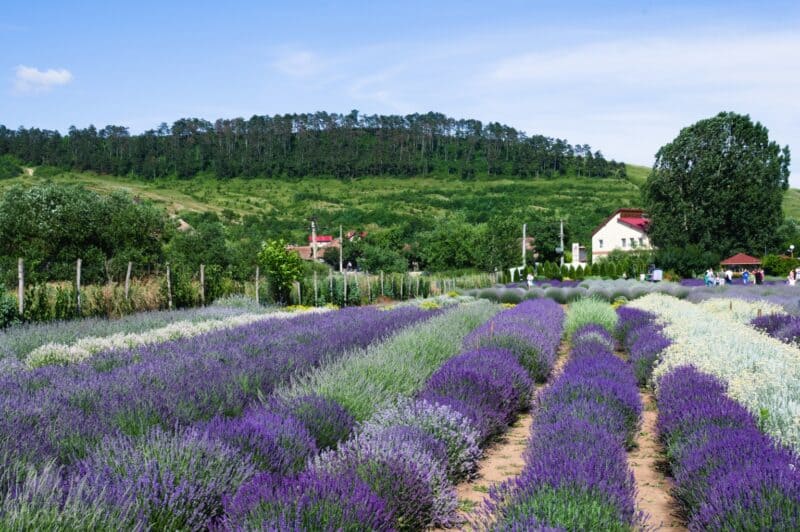
Lavender
The alluring, indescribable fragrance of lavender might be a love-it-or-hate-it aroma for most people, but there is no denying its economic viability.
Although not particularly common in the US, it is also a popular kitchen herb, but it is exponentially more popular in cosmetics, hair care products, lotions, oils, aromatherapy, and also used as a filler or accent for ornamental flowers as described above.
It is remarkably versatile, and also fairly easy to grow, a dependable money maker to be sure: depending on your business plan, 1 acre can yield anywhere from $70,000 to $165,000 worth of lavender depending on its variety and quality, along with your market conditions.
Though it is a reliably good seller year in and year out, the major drawback is that you’ve got to give the plant a lot of time to grow before it’s truly ready to be harvested: most lavender plants will need at least 2 years to reach proper maturity, and a significant fraction of those will need 3 years.
This means that your actual income per year off of a given amount is significantly lower than the figure above, though it can certainly still be worth it.
Cilantro
Cilantro is another love-it-or-leave-it when it comes to flavor, as some people adore the citrusy, bright, grassy taste of it, but a few folks despite it, claim that it tastes like a bar of soap.
That’s neither here nor there, because what you need to know is that cilantro is an incredibly popular herb in North American markets and an indispensable part of Mexican and Southwest cuisine.
As a rule, cilantro is sold in fresh-picked bunches or even as live plants. It grows quite quickly, and if planted from seed and given ideal care and conditions you’ll be ready to harvest in less than 2 months with time to spare.
This means it’s possible to get multiple harvests in a single season, and if you have enough customers and a bountiful market for it you could rake in the cash in just a year’s time.
Grown with an eye towards efficiency, a single acre will yield an average of 18,000 pounds of cilantro. Depending on the variety and your region, you’ll be able to get around $4 a pound for a bunch of fresh cilantro. That means you could be collecting a sweet $72,000!
Arugula
A shockingly healthy and peppery salad vegetable, arugula is packed with good vitamins and minerals, and it is also making a comeback in North America.
It used to be a lot more popular than it is, but if you pay attention next time you go to your grocery store you’ll be seeing more and more of this stuff on the shelves.
The good news is that arugula, compared to many other types of lettuce, is especially hardy, quick to grow, and easy to take care of.
This is another crop that can facilitate multiple harvests in a single season if you’ve got the manpower and play your cards right. A month and a half is all it takes to bring in arugula from seed.
And it can make you a bundle: arugula sales for anywhere from $5 to $7 a pound depending on the variety in the market, and with a single acre producing anywhere from 8,500 to 9,500 pounds of peppery, crisp leaves, you make in excess of $55,000.
Mushrooms
Mushrooms might seem like a peculiar crop for some of us, but there is a whole lot to recommend them.
These edible fungi sell for a bundle, and choosing some of the more popular varieties like chanterelle, oyster, shiitake or porcini means that you’ll invariably have buyers for them all over your local area, and this is how you can capitalize on it.
See, mushrooms start to degrade very quickly after being picked: Time is of the essence!
And no matter what sort of mushroom businesses, restaurants, and consumers might be purchasing, if they are buying them after they’ve been trucked into town over the course of a couple of days from elsewhere, they aren’t getting the freshest ‘shrooms that they could be.
But, if you were to be able to provide them at the absolute peak of freshness and for a good price, people will be climbing over themselves to get the ones you offer.
Depending on the type and the market, mushrooms usually sell for between $5 and $7 a pound, and you can grow them in all kinds of space-saving innovative ways: in vertical, greenhouse-type arrangements or traditionally on the soil.
Because of different growth habits, your net yield will always be quite variable, but the rule of thumb is that a thousand square feet of land or substrate that is suitable for growing mushrooms can provide you with $100,000 to $135,000 in sales.
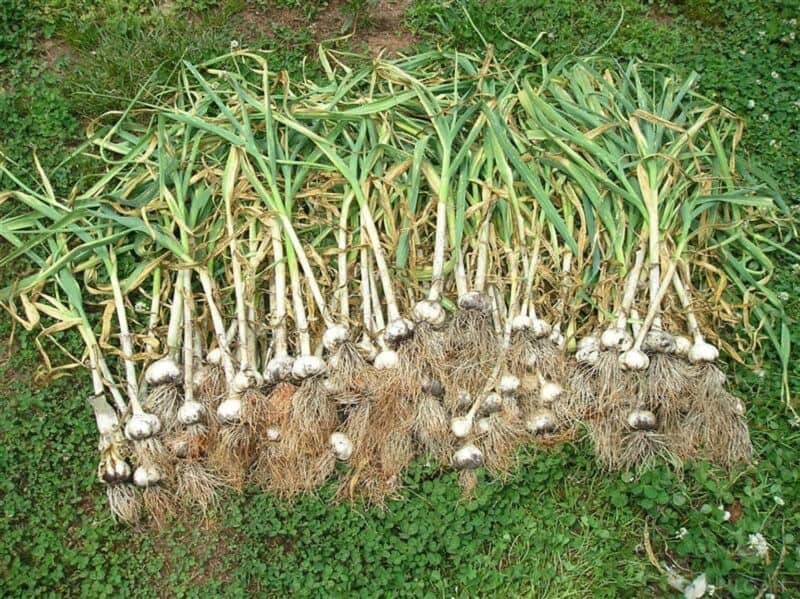
Garlic
Where would the culinary world be without garlic? I’m not sure, but I know it will be doggone boring. Garlic is absolutely indispensable and every kind of cuisine and pretty much every kind of savory dish, and that means the market for it will never, ever dry up.
And more importantly for our purposes, consumer demand for newer, better types of garlic than the dried-out and withered old bulbs littering grocery store shelves is higher than ever.
Garlic does not grow as quickly as some of the other plants on our list here, but most cultivars are ready in just about 3 months or a little bit longer, and an acre’s worth will give you anywhere from 10,000 to 12,500 pounds to sell.
Considering that specialty garlic sells for anywhere from $8 to $16 a pound, I punch those numbers into my calculator and it makes a happy face; that amount of garlic can make you between $80,000 and $200,000 at retail. Score!

Tom has lived and worked on farms and homesteads from the Carolinas to Kentucky and beyond. He is passionate about helping people prepare for tough times by embracing lifestyles of self-sufficiency.
